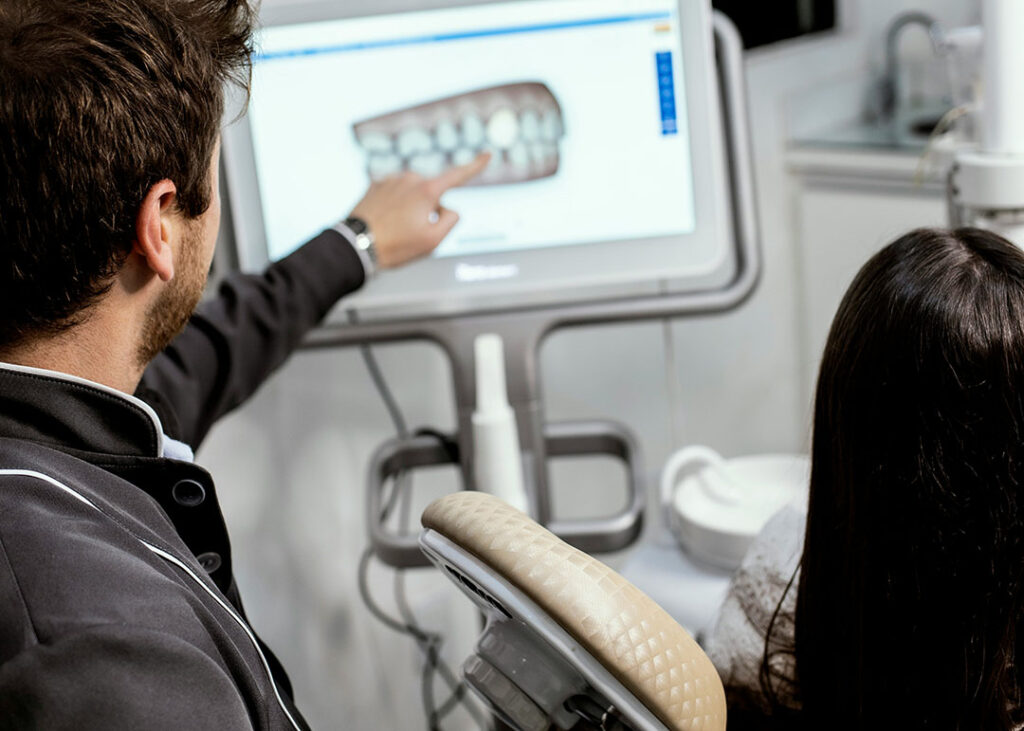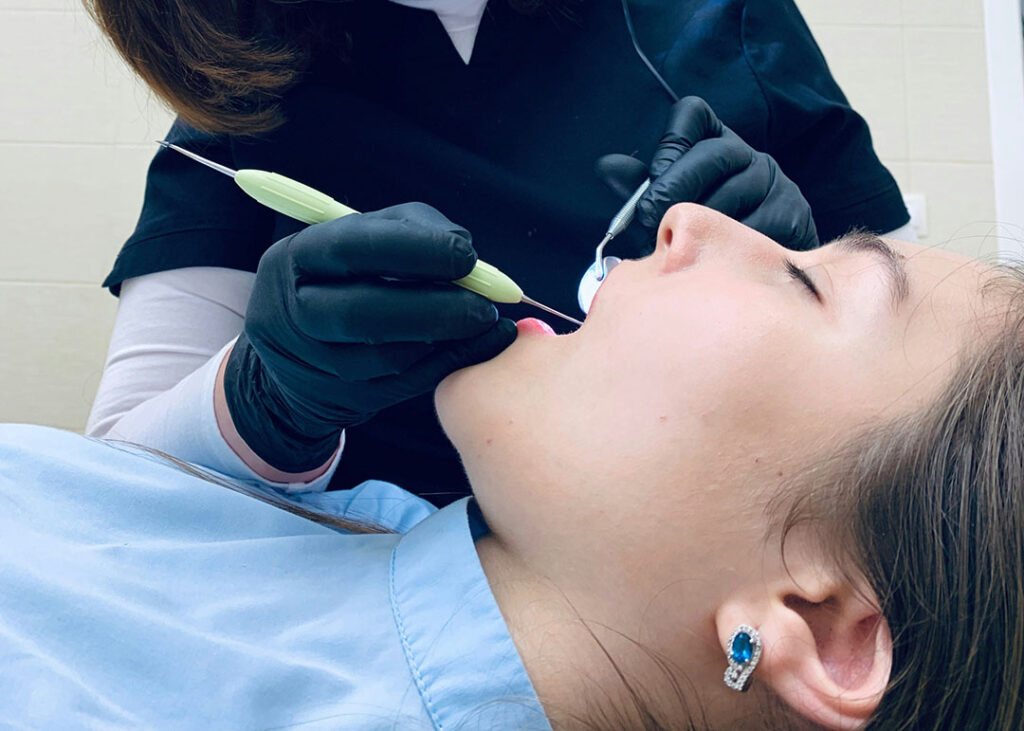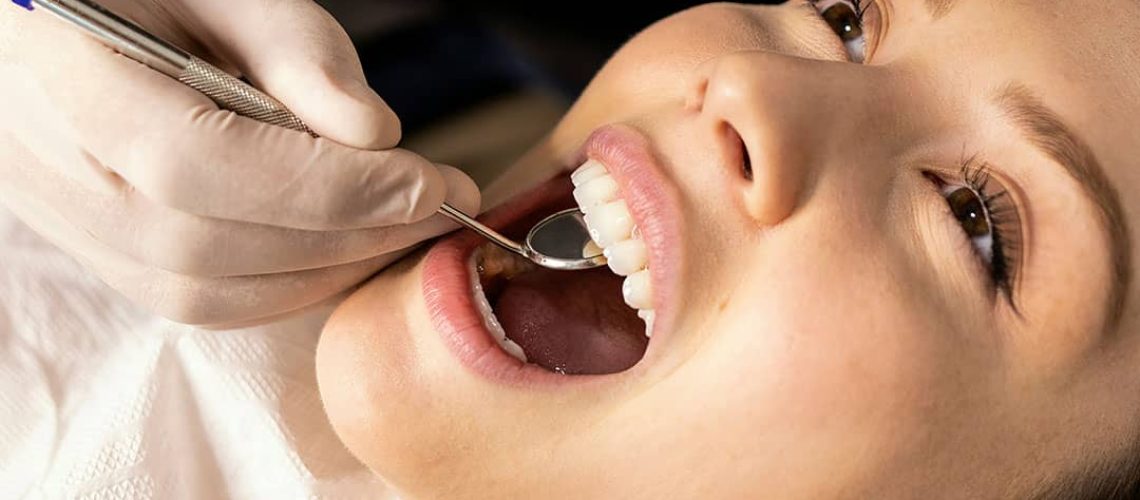If you’re studying wisdom teeth removal or seeking guidance on handling impacted wisdom teeth, you’ve come to the right place. Wisdom teeth, also known as third molars, often cause complications due to their positioning, leading to various types of wisdom tooth impaction. One of the most challenging types of impaction is horizontal impaction, where the tooth lies sideways beneath the gums, pushing against neighboring teeth. Understanding how to address horizontal impaction is crucial for maintaining oral health and avoiding severe complications.
Understanding Impacted Wisdom Teeth
Impacted wisdom teeth are molars that fail to emerge properly through the gums, often becoming stuck or trapped within the jawbone or soft tissue. While not all impacted wisdom teeth require removal, they can lead to significant oral health issues if left untreated.
Wisdom teeth generally appear between the ages of 17 and 25. When they become impacted, they can cause overcrowding, infections, pain, and even damage to adjacent teeth. If you’re experiencing discomfort, ear pain, or swelling around your wisdom teeth, it’s essential to visit an oral surgeon for an evaluation. Early detection and treatment can prevent these complications from escalating and protect the health of your other teeth.
Symptoms of Impacted Wisdom Teeth
Impacted wisdom teeth can manifest through a variety of symptoms, making it crucial to recognize these early signs to prevent further complications. One of the most common symptoms is pain, which can range from a dull ache to sharp, intense discomfort. This pain may be localized around the impacted tooth or radiate to other areas of the face and head, causing significant discomfort.
Swelling is another telltale sign of impacted wisdom teeth. The gums and surrounding tissues may become inflamed, leading to noticeable swelling and tenderness. This can make everyday activities like eating and speaking quite uncomfortable.
Infections are also a frequent issue with impacted wisdom teeth. Due to their difficult-to-reach position, these teeth are more prone to bacterial infections, which can cause fever, swelling, and even pus discharge. If left untreated, these infections can spread, leading to more severe health issues.
Impacted wisdom teeth can also exert pressure on adjacent teeth, causing them to shift or become damaged. This can lead to overcrowding and misalignment, complicating your overall dental health. Additionally, the difficulty in cleaning impacted wisdom teeth can result in gum disease and tooth decay, further exacerbating oral health problems.

Types of Wisdom Teeth Impactions
There are four primary types of wisdom teeth impactions:
Mesial Impaction – The tooth is angled towards the front of the mouth.
Vertical Impaction – The tooth is correctly positioned but doesn’t erupt through the gums.
Distal Impaction – The tooth is angled towards the back of the mouth.
Horizontal Impaction – The tooth is lying sideways, often pushing against the neighboring molars.
It is also important to consider the surgical removal of upper wisdom teeth and their potential complications. Evaluating the positioning of these teeth and understanding the risks associated with surgery and post-operative care is crucial for a successful removal process.
Among these, horizontal impactions are the most severe due to the pressure they exert on nearby teeth. This sideways positioning can result in pain, crowding, and potential damage to adjacent teeth, making it essential to address them through surgical removal.
Causes of Horizontal Wisdom Teeth Impaction
Horizontal wisdom teeth impaction occurs when the wisdom tooth grows at an angle, rather than in a vertical position. Several factors can contribute to this type of impaction. One primary cause is limited space in the mouth. If there isn’t enough room for the wisdom tooth to emerge properly, it may become impacted and grow sideways.
Misalignment of the teeth is another contributing factor. When the existing teeth are not properly aligned, it can create an environment where the wisdom tooth is forced to grow at an angle. This misalignment can be due to various reasons, including previous dental issues or natural tooth positioning.
Genetics also play a significant role in the development of impacted wisdom teeth. Some individuals are more prone to impactions due to their genetic makeup, which can influence the size and shape of their jaw and teeth.
The size of the jaw itself can be a determining factor. A smaller jaw may not have enough space to accommodate the additional molars, leading to horizontal impaction. Understanding these causes can help in anticipating and managing the risk of impacted wisdom teeth.

Diagnosing Horizontal Impaction
The first step in treating a horizontally impacted wisdom tooth is getting a thorough dental evaluation. Your oral surgeon will conduct an examination, take X-rays, and assess the position of the tooth relative to the surrounding teeth and bone. These diagnostic steps help in determining the type of impaction and the appropriate treatment plan.
Symptoms such as infections, pain, or noticeable damage to neighboring teeth will guide the urgency of the treatment. Early diagnosis allows for a proactive approach to avoid worsening complications.
Treatment Options for Horizontal Impaction
For horizontal impactions, surgical removal is often the only viable treatment option, typically requiring the expertise of a specialist in oral and maxillofacial surgery. The surgery involves several steps:
Preparation: The oral surgeon will numb the area with local anesthesia, though intravenous sedation or general anesthesia may also be used depending on your comfort level and the complexity of the surgery.
Accessing the Tooth: To reach the impacted tooth, the surgeon will make an incision in the gums and may need to remove a portion of the surrounding bone to fully expose the tooth.
Sectioning the Tooth: Since horizontally impacted wisdom teeth are usually lodged under neighboring teeth, the tooth may need to be sectioned into smaller pieces for easier removal.
Removing the Tooth: Once the tooth is cut into sections, the surgeon will carefully extract each piece, ensuring minimal impact on surrounding teeth and tissues.
Stitches and Recovery: After the tooth is removed, the gum is stitched back together. You’ll receive post-operative care instructions to promote healing and prevent complications.
What to Expect During Wisdom Teeth Removal
If you need to have your wisdom teeth removed, knowing what to expect can help ease any anxiety about the procedure. The removal process is typically performed by an experienced oral surgeon or dentist who specializes in wisdom teeth extraction.
Before the procedure begins, you will be given a local anesthetic to numb the area around the impacted tooth. Depending on your comfort level and the complexity of the surgery, you may also receive sedation to help you relax or even general anesthesia to ensure you are completely asleep during the procedure.
The oral surgeon will start by making an incision in the gum to access the impacted tooth. In cases of horizontal impaction, a portion of the surrounding bone may need to be removed to fully expose the tooth. The tooth is often sectioned into smaller pieces to facilitate easier removal, minimizing the impact on surrounding tissues and adjacent teeth.
Once the tooth is removed, the area will be thoroughly cleaned to prevent infection. The gum will then be stitched back together, and you will receive detailed post-operative care instructions. These instructions will include how to manage pain and swelling, maintain oral hygiene, and what foods to eat during the recovery period.
Risks and Complications of Removal
Like any surgical procedure, wisdom tooth surgery for removing horizontally impacted wisdom teeth carries risks. Some of the potential complications include:
Infection: Post-surgical infections are possible, especially if proper care isn’t followed.
Dry Socket: This occurs when the blood clot at the extraction site becomes dislodged, leading to exposed bone and nerve endings, which can be quite painful.
Nerve Damage: Depending on the location of the wisdom tooth, there’s a small risk of nerve damage, which could result in temporary or permanent numbness in the tongue, lips, or chin.
Damage to Adjacent Teeth: The proximity of the impacted tooth to neighboring teeth can sometimes lead to minor damage or fractures during the extraction.
Your oral surgeon will carefully discuss these risks with you and take every precaution to minimize them during surgery.

Post-Treatment Care and Prevention
The healing process after wisdom teeth removal is critical to avoid complications. Here are some key post-treatment steps to follow:
Rest and Recovery: After surgery, take a few days off from work or school to rest and recover. Avoid any strenuous activities during this time to promote faster healing.
Pain Management: Your surgeon may prescribe pain relief medication or recommend over-the-counter painkillers to manage discomfort. Applying ice packs to your jaw can also help reduce swelling.
Oral Hygiene: Follow your surgeon’s instructions on keeping the surgical site clean. Rinsing your mouth with a warm saltwater solution can help prevent infections and promote healing.
Diet: Stick to soft foods like soups, smoothies, and yogurt during the initial recovery phase. Avoid hot, spicy, or hard foods that could irritate the wound.
Anesthesia and Pain Management
Wisdom teeth removal is typically performed under local anesthesia, but some patients may prefer additional sedation. Your surgeon will discuss anesthesia options, which may include:
Local Anesthesia: Numbs the surgical area, allowing you to stay awake during the procedure.
Intravenous Sedation: Provides a deeper level of relaxation, making you drowsy or fall asleep.
General Anesthesia: You’ll be completely asleep during the procedure, and it’s typically reserved for more complex cases.
Pain management doesn’t end when the surgery does. Your oral surgeon will ensure you’re comfortable during recovery with the appropriate pain-relief plan.
Recovery Time and Returning to Normal Activities
The recovery time for horizontally impacted wisdom teeth removal can vary, but most people experience significant improvement within a few days. However, it may take up to a week for the swelling to go down completely. Here’s what to expect:
First 24 Hours: Rest and avoid any strenuous activities. Stick to soft foods and avoid using straws, as the suction could dislodge the clot.
Days 2-3: Some discomfort and swelling are common. Continue with your prescribed medications and care routine.
Week 1: You should start feeling more like yourself again, although it’s advisable to avoid vigorous exercise or heavy lifting.

Find The Best Care At Oral Facial Surgical Arts
Removing a horizontally impacted wisdom tooth is essential to prevent further damage to your teeth and gums. By understanding the surgical process, potential risks, and recovery steps, you can feel more confident in managing this procedure. Whether you’re researching for yourself or studying wisdom teeth removal in general, always seek professional advice from an experienced oral surgeon. Don’t hesitate to reach out if you have questions about horizontal impaction removal or other oral health concerns.
Impacted wisdom teeth can lead to a range of symptoms and oral health complications if left untreated. If you experience pain, swelling, or signs of infection, it is crucial to consult with a dentist or oral surgeon promptly. They can evaluate the impacted tooth and recommend the best course of treatment, which often includes surgical removal.
By seeking timely treatment, you can prevent further complications and ensure better oral health. Remember, maintaining good oral hygiene and regular dental check-ups are essential in preventing future issues with your wisdom teeth and overall oral health.


